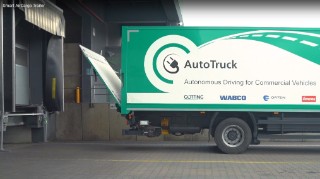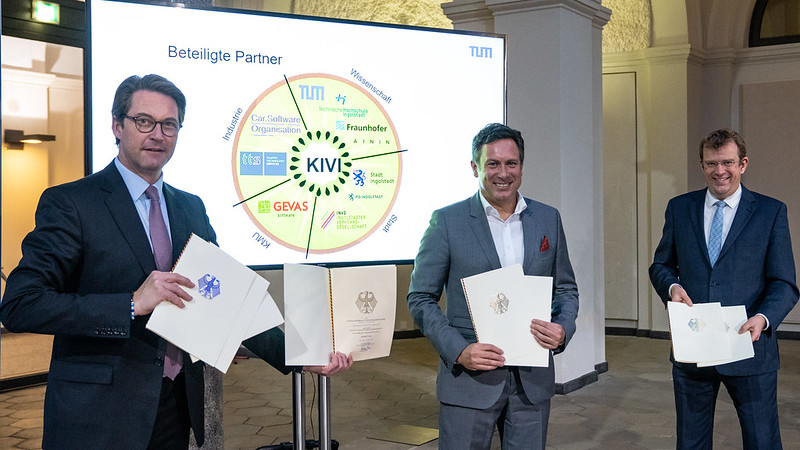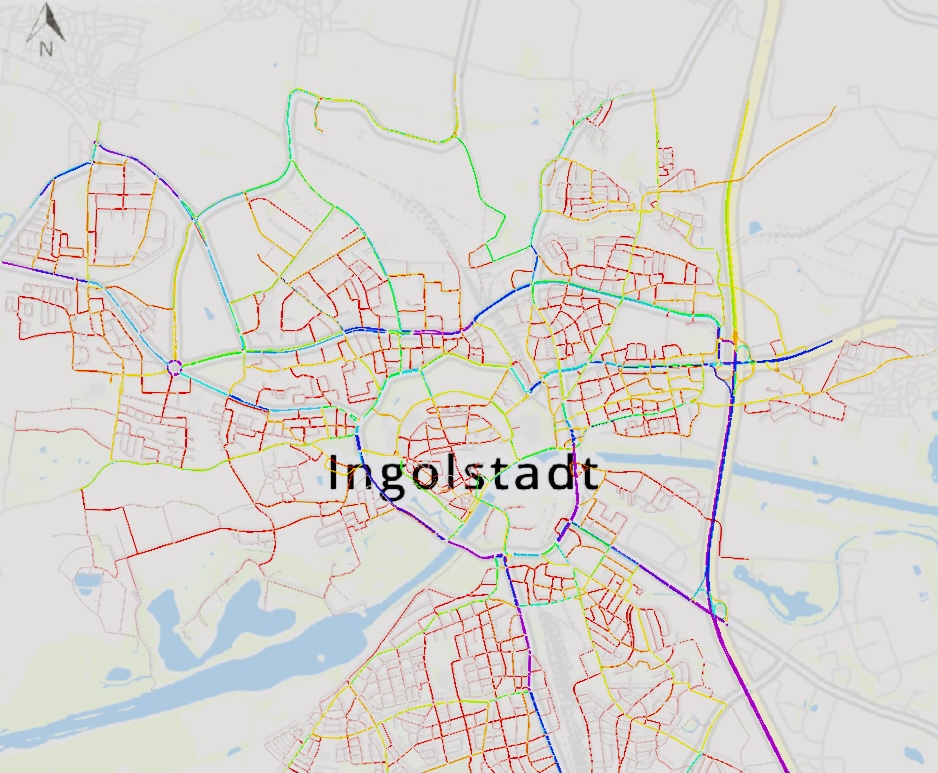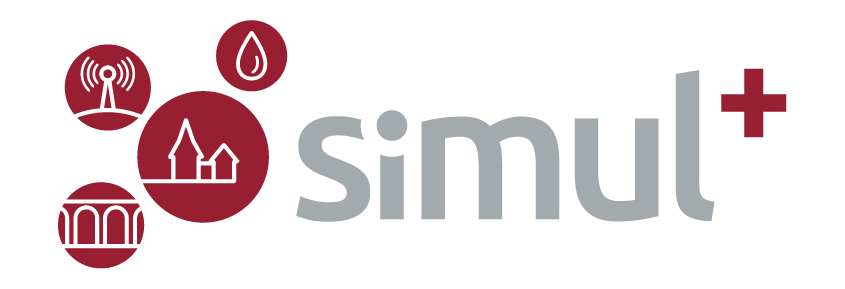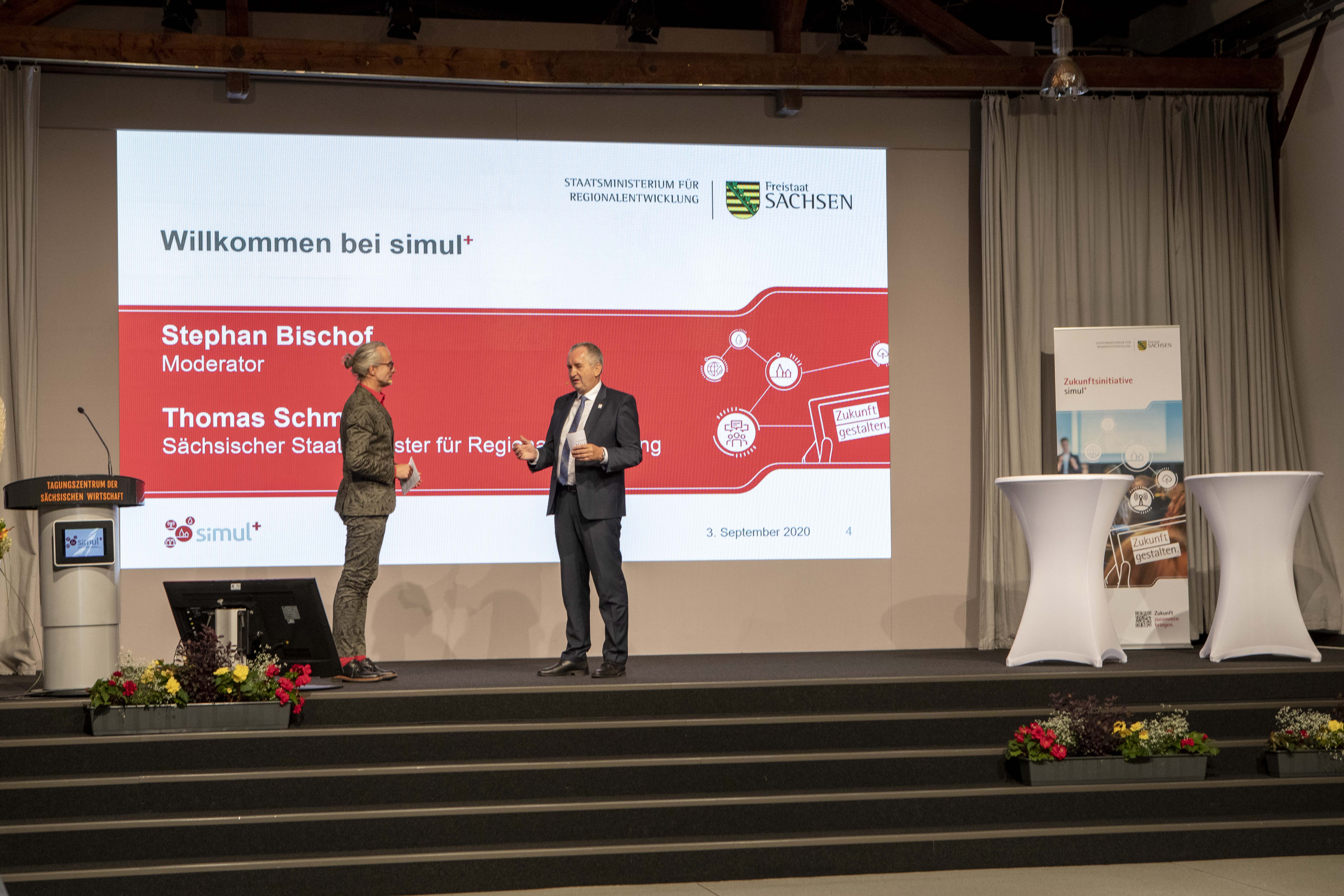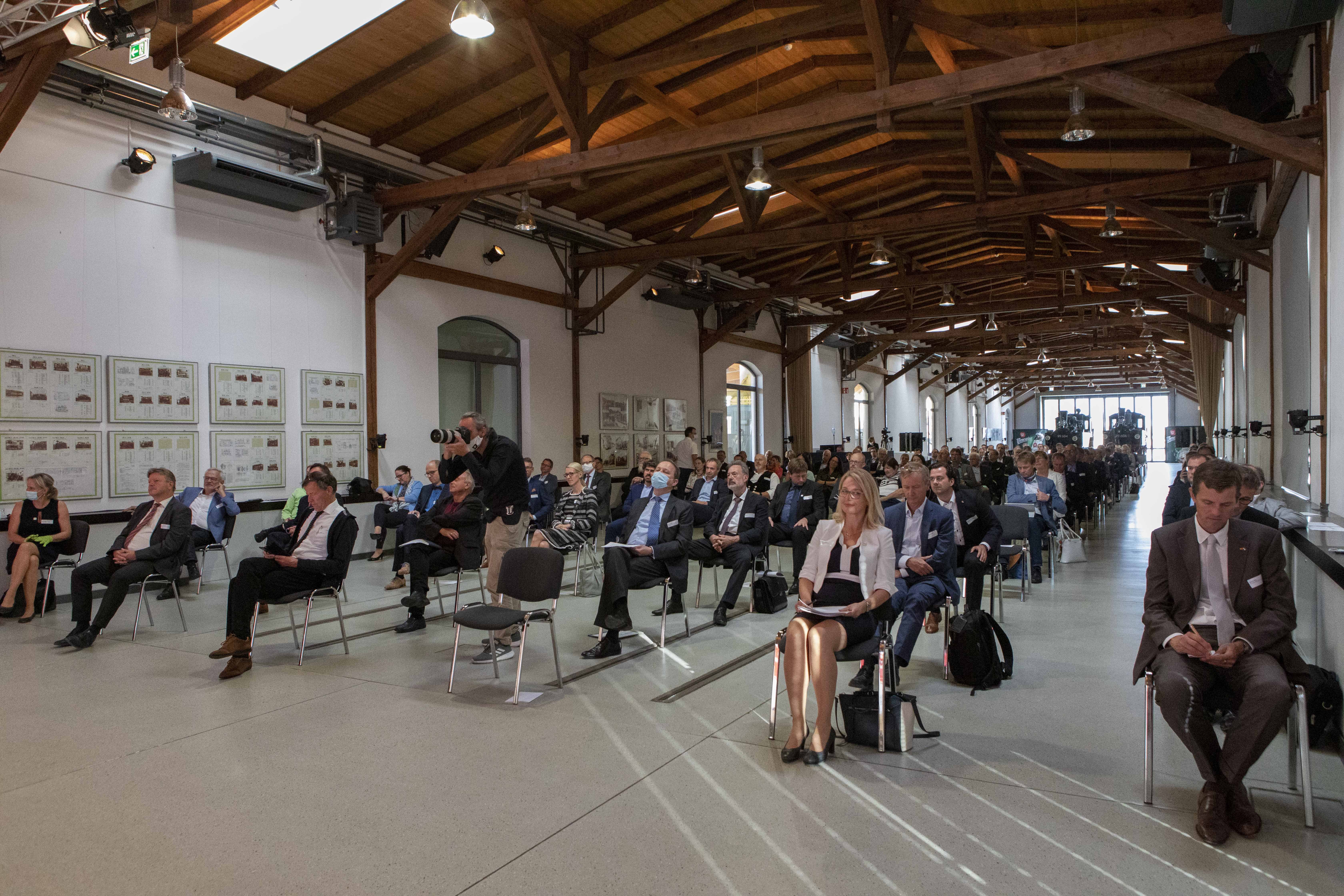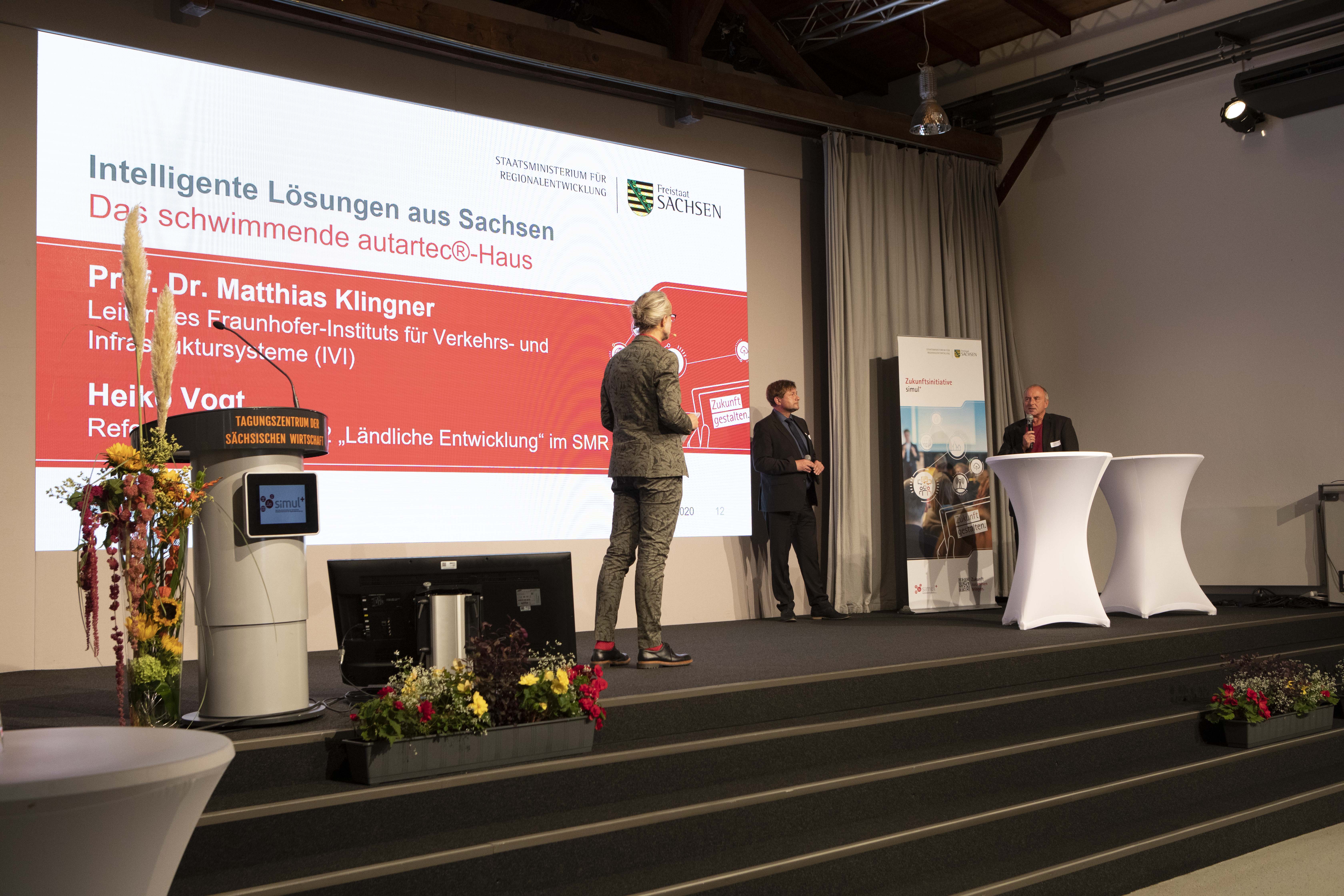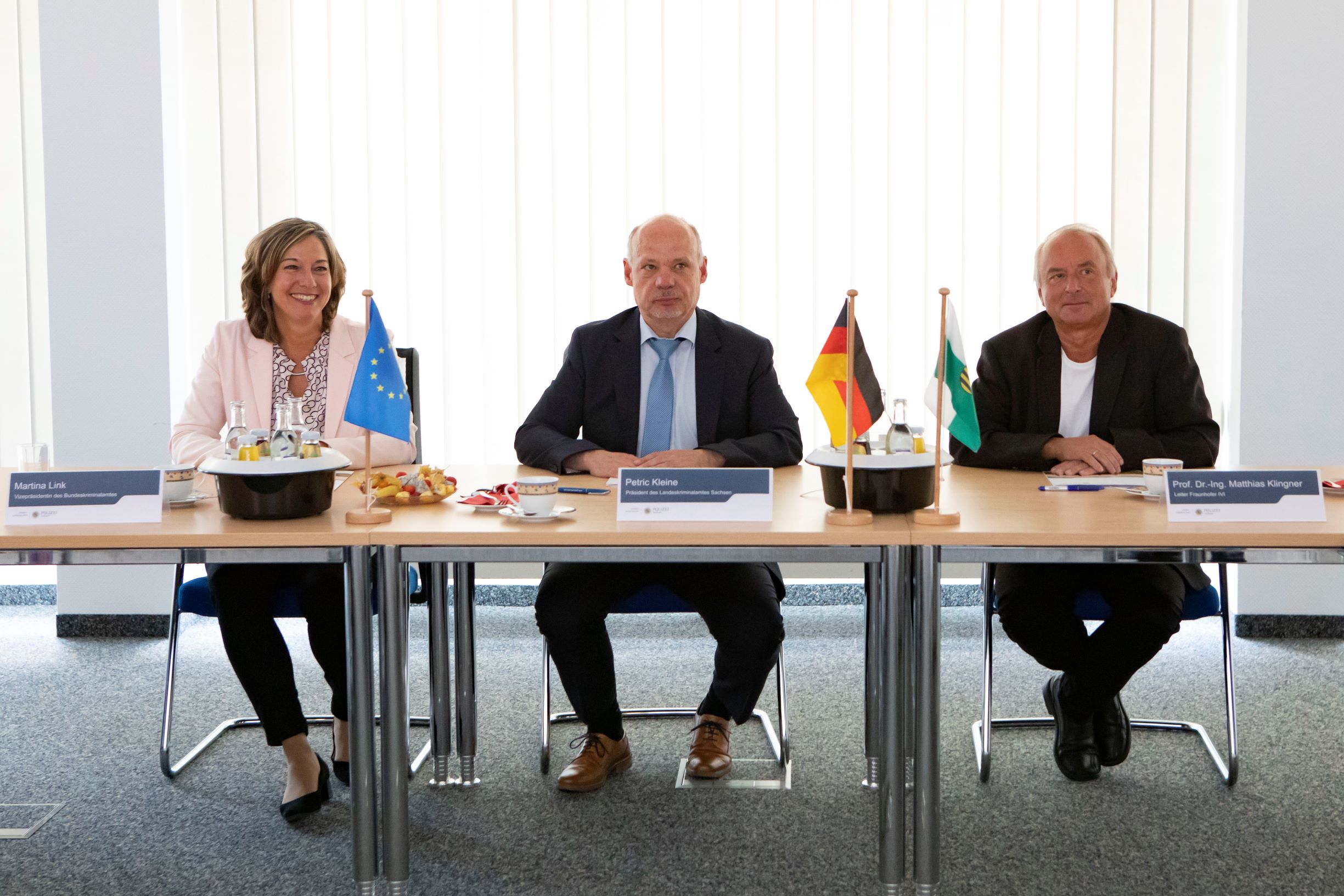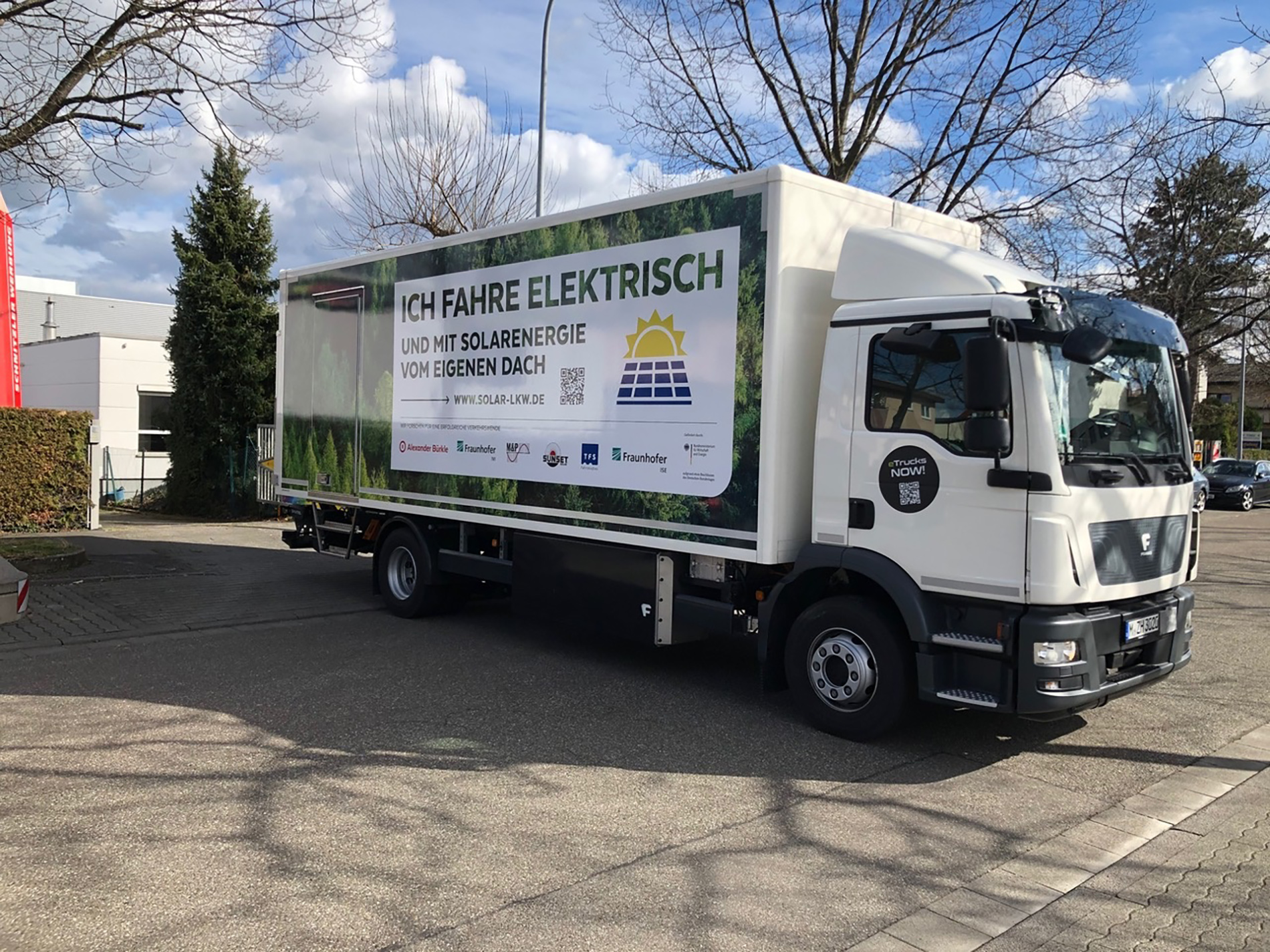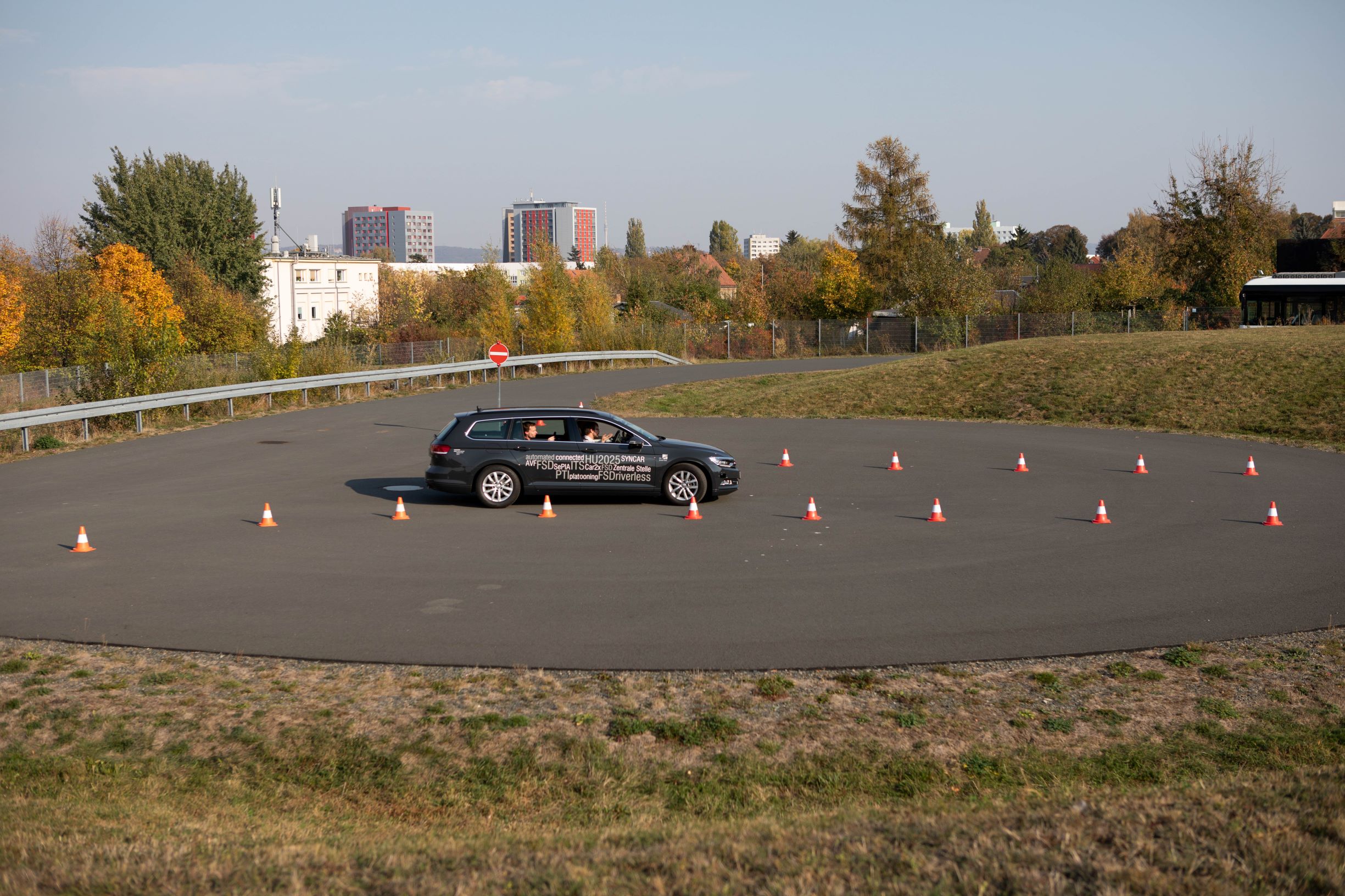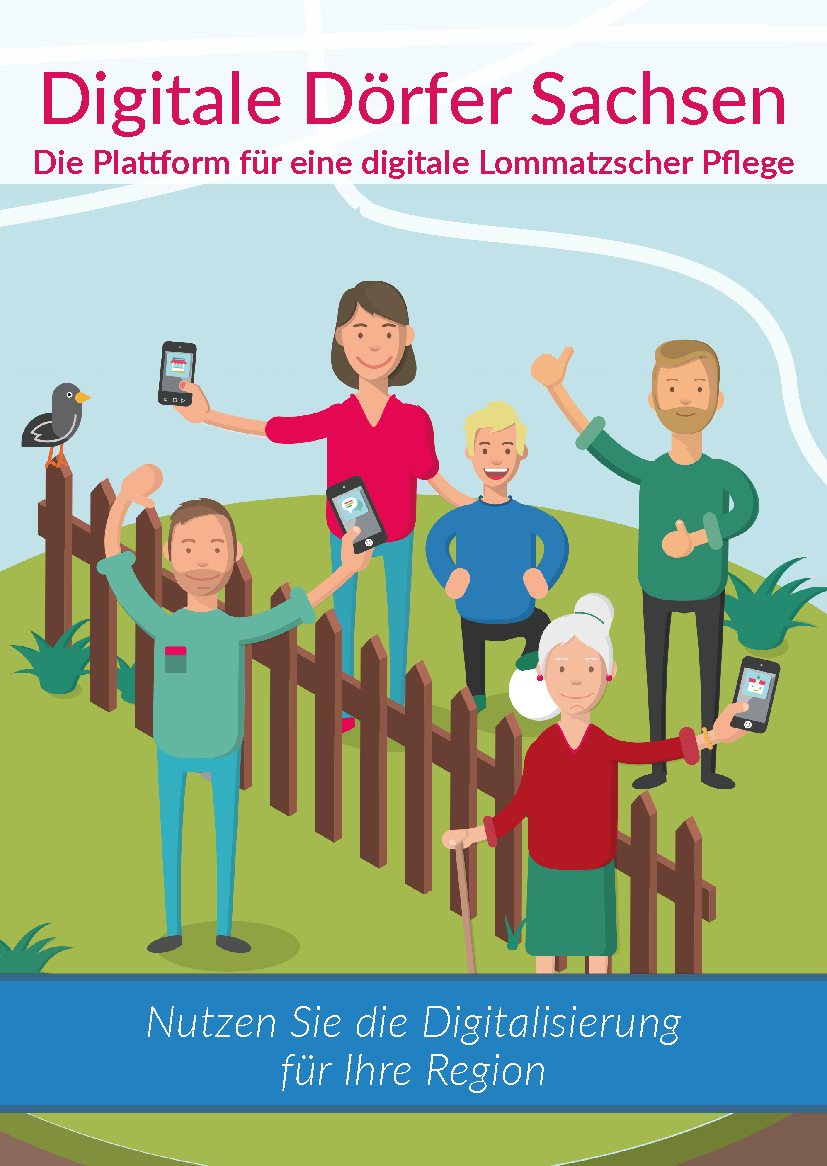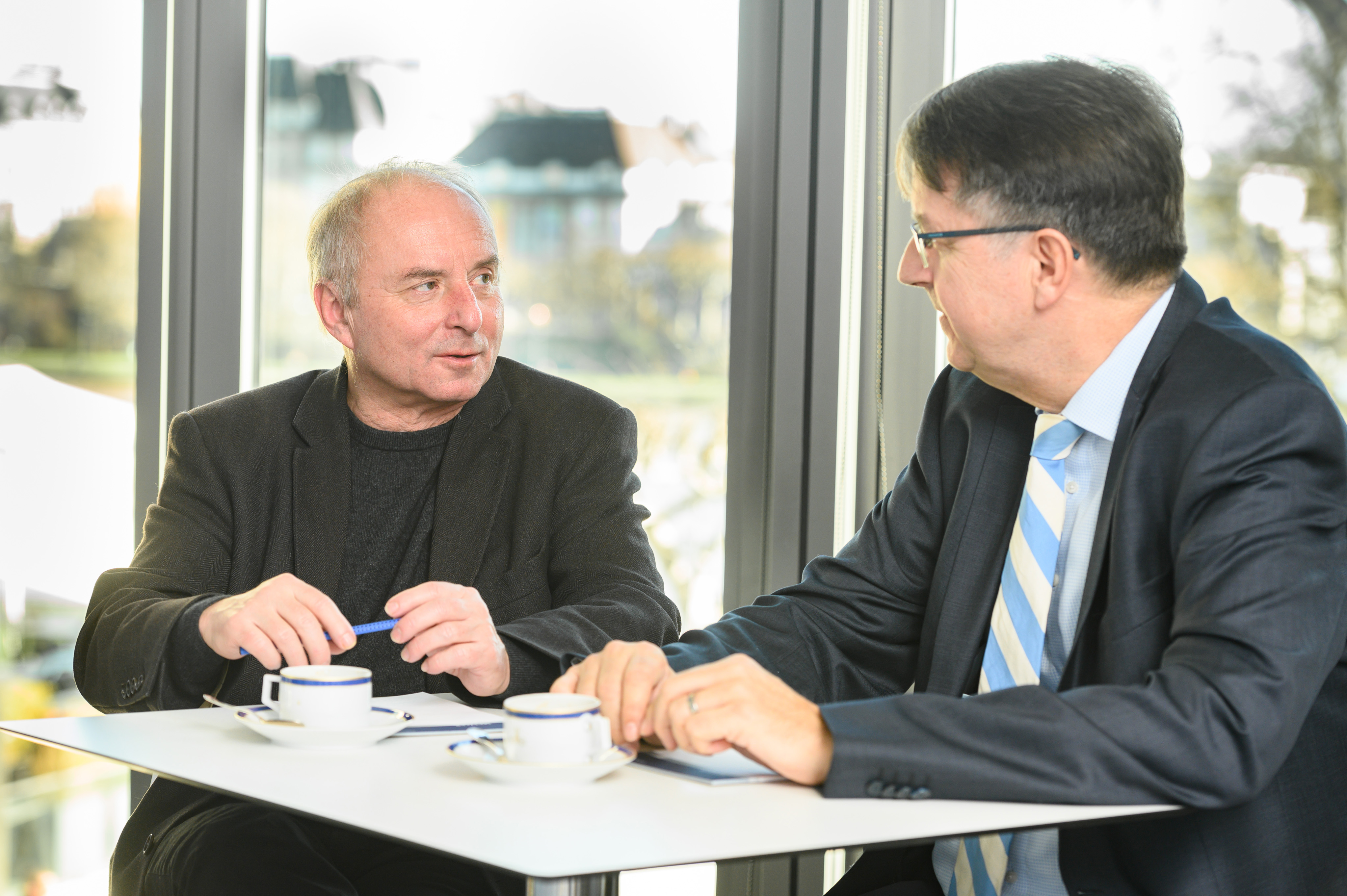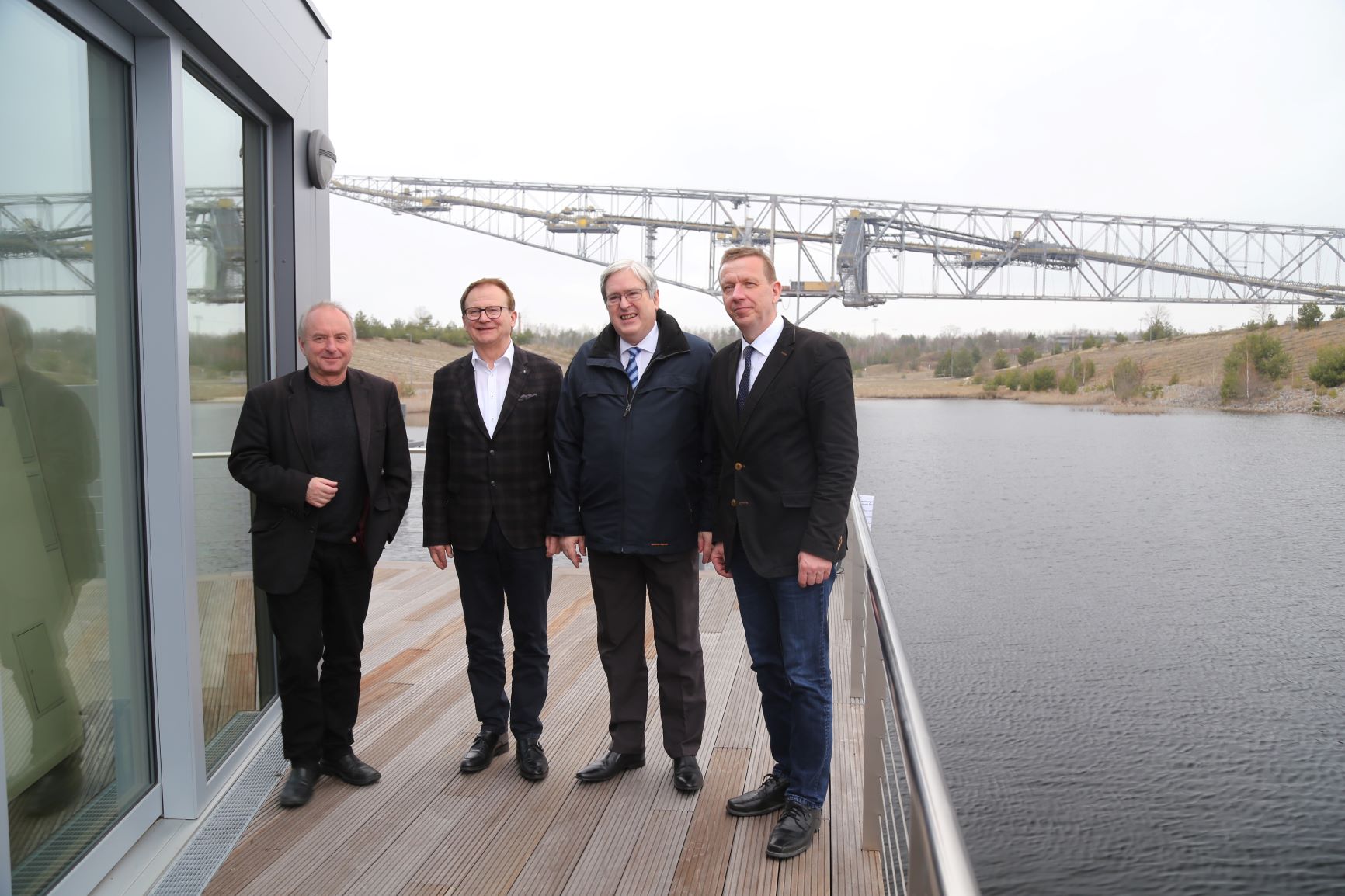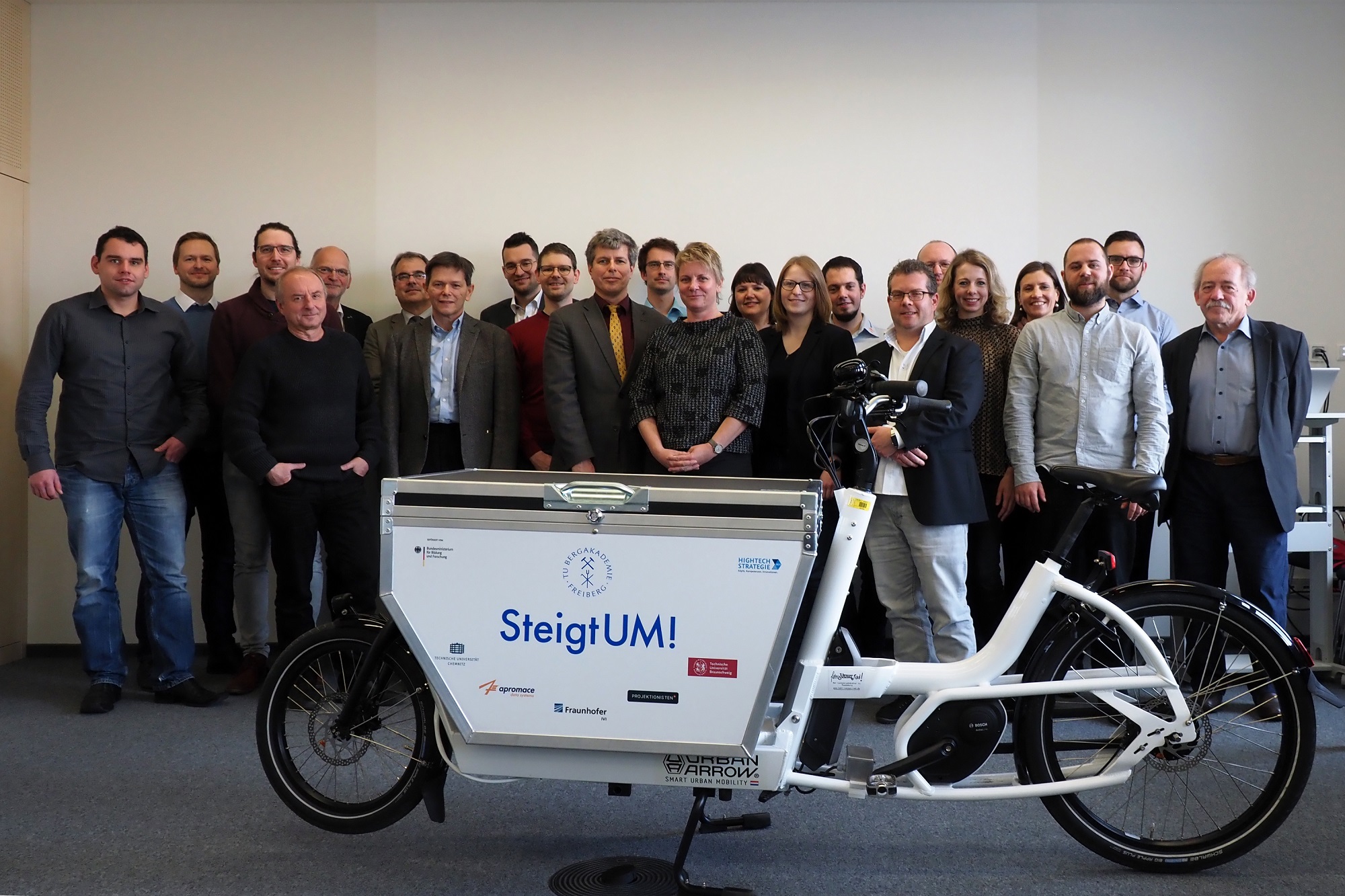Improving Mobility through Automated and Connected Driving
Federal Minister Scheuer hands over »future checks« for new research projects
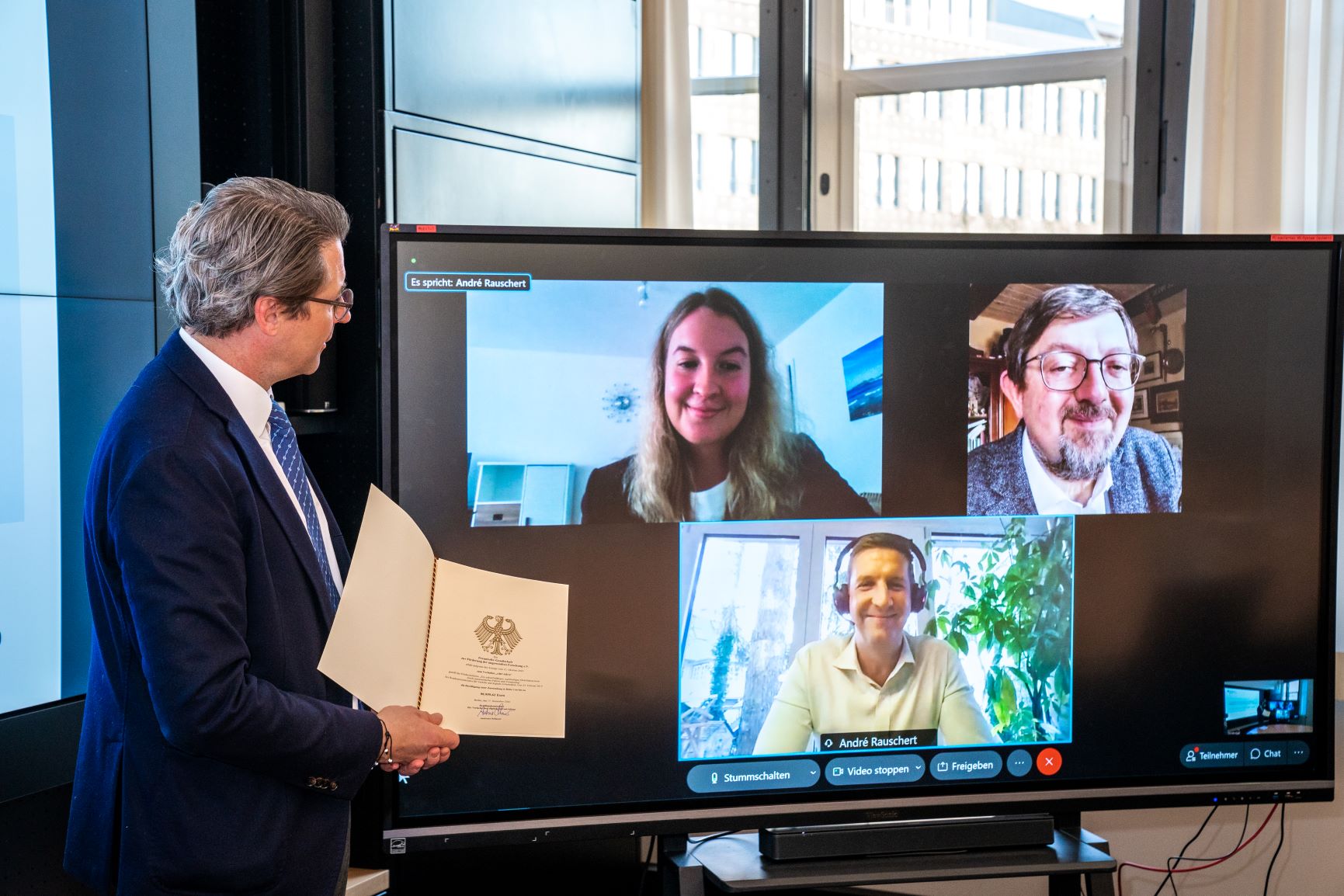
The Federal Minister of Transport and Digital Infrastructure, Andreas Scheuer, presented three so-called »future checks«, i. e. grant notifications, to newly launched research projects during a virtual meeting on December 18, 2020. The funding in the field of automation and connectivity focuses on application-oriented research projects – both in urban and rural areas. Fraunhofer IVI participates in two of the three projects that have now been selected in the second funding call.
ARCADIA study equips drones and light aircrafts with camera systems
To what extent can real accidents and the associated accident parameters be recorded on video? In the feasibility study ARCADIA, together with the companies Airclip and FlightLevel, it will be investigated whether a survey from the air is feasible – thus resulting in a larger survey area. With the help of drones and light aircrafts, real road accidents will be recorded in order to further develop assistance systems and accident simulations. In the future, this will help to better warn road users of critical situations.
Virtual, digital test field for highly automated driving functions in the SAVe NoW project
The Fraunhofer Application Center »Connected Mobility and Infrastructure« is participating in the SAVe NoW research project, which will produce a holistic simulation model that can be used to test highly automated driving functions more quickly and economically. In order to make the tests and their results more tangible, a dialog platform will serve as a kind of »interactive showcase«.
- press relase of the BMVI (German)
